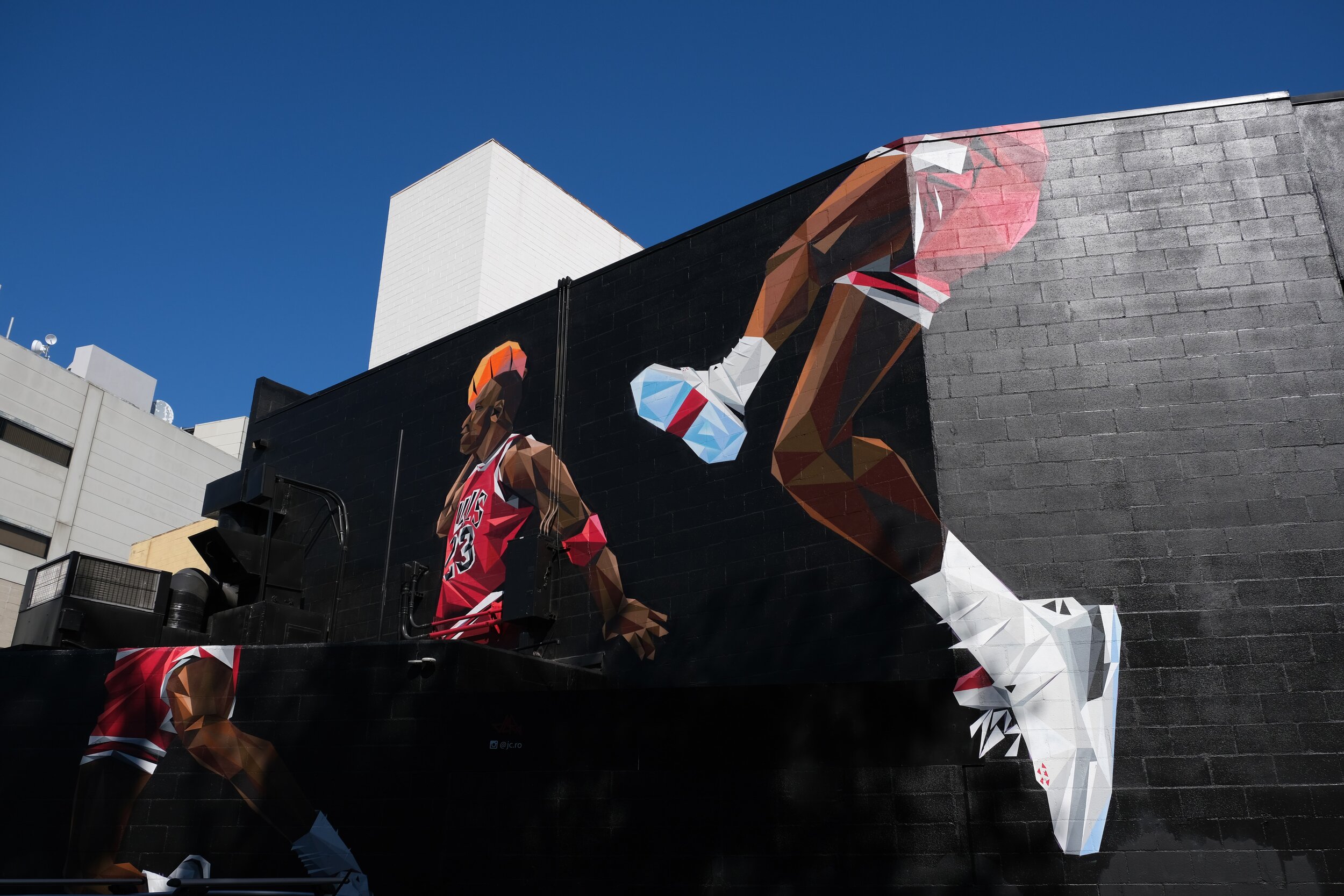You can’t pick the winners at the start, in transformative innovation… and pro basketball!
When you’re exploring radically new business ideas, far from your current core business, you can’t pick the winners at the start. That’s one of the rules of transformative innovation you can find in The Invincible Company. When we share that insight with senior leaders, they nod politely but most of them don’t believe us.
And I don’t blame them. Many uncertain things from the past now seem so obvious in hindsight. And it’s easy for anyone to fall victim to the hindsight bias.
Hindsight bias
Wikipedia definition. Hindsight bias, also known as the knew-it-all-along phenomenon or creeping determinism, is the common tendency for people to perceive past events as having been more predictable than they actually were. People often believe, after an event has occurred, that they would have predicted, or perhaps even would have known with a high degree of certainty, what the outcome of the event would have been, before the event occurred. Hindsight bias may cause distortions of our memories of what we knew or believed before an event occurred, and is a significant source of overconfidence regarding our ability to predict the outcomes of future events.
Blockbuster vs. Netflix
Take the Blockbuster and Netflix story. One of the well-known stories of disruption. The decline of Blockbuster seems inevitable today. But what seems so obvious today may never have happened. There are many articles about the one decision that could have changed everything, the moment in time when Blockbuster Could Have Bought Netflix for $50 Million, but the CEO Thought It Was a Joke.
I still remember how I reacted the first time I read this article. I could not believe that Blockbuster’s leadership team didn’t see what was coming.
“How could they be so blind?” I kept telling myself.
And that’s me falling like everyone else into the trap of hindsight bias. In September 2000, with the facts available back then, what seems obvious twenty years later was unthinkable, even for an experienced CEO.
MJ
I was reminded again of how easy it is to fall into the hindsight bias while watching The Last Dance, a documentary on the last year of Michael Jordan (MJ) with the Chicago Bulls and their last championship run. The first episode covers the start of MJ’s career.
Photo by Marcin Milewski from StockSnap
On three occasions in this first episode did the “How could they be so blind?” question pop into my mind:
First, during the replay of the 1984 NBA draft where Jordan was picked #3 after Hakeem Olajuwon drafted by Houston, and Sam Bowie by Portland.
Sam who?
More than 20 years later this choice by Portland was named the worst draft pick ever by ESPN
Then, in various comments by experts explaining why Michael Jordan would never be able to turn the Chicago franchise around. Their arguments seem off with what we know today, but they made total sense in the logic of the game back then. First MJ was deemed too small to have an impact in a game dominated by centers (hence the first two draft picks). Then he was just one player in a team sport, and one player can only do so much.
As David Falk, MJ’s agent at the time recalls, “There was no one alive, not coach Smith, not Rod Thorn, who drafted him, no one, none of the experts, thought that he would become what he became.”
And finally, at the first day of practice before the 1984 season, when the coaching staff was surprised by how good he was, when he started playing against his teammates.
“When we drafted Michael, I did not know how good Michael was”, Kevin Loughery, Bulls Head Coach 1983-1985.
The hindsight bias is so strong that what is most surprising to us today is their surprise back then.
But if we take a step back, we know that no one can predict the career of a professional athlete. Betting on a professional athlete has always been highly uncertain. If only because of the risk of injury that can stop a promising career in its tracks (and lead to articles like the one on the worst draft picks ever).
Betting on transformative innovation options in a large organisation is no less uncertain. When innovation teams are exploring radically new business ideas for from the core business of a company, no one can pick the winning ideas at the start. No more than they can predict the future of professional athletes.
In our advisory work we help leaders build resilience so that their organisations can withstand disruption of one of their existing business models, should it happen. To develop resilience, you need to design a specific innovation framework that enables the exploration of a large portfolio of new ideas, and develop an ecosystem where the best ideas can emerge over time.
This can’t happen if leaders still believe that they can predict the winning ideas in advance. When leaders hold on to this belief in the space of transformative innovation, poor decision-making usually follows… such as when Blockbuster decided not to invest in Netflix.
To build a thriving innovation ecosystem, leaders should start by acknowledging the hindsight bias, and accept that “they can’t pick the winners at the start”.
Given all there is to do to build and lead resilient organisations, it seems like such a small step… but it’s a critical one.







